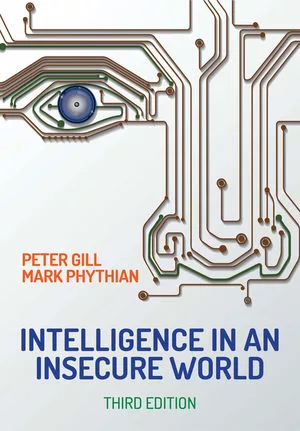Artificial intelligence’s role in the pandemic

When the COVID-19 pandemic first hit the U.S., many states tried to control the spread of the virus by issuing mask mandates, lockdown restrictions and encouraging work from home for industries who could manage it. However, essential workers in healthcare, food production, transportation, manufacturing and logistics had to continue operating for society to function.
The primary means of detection for affected individuals during the first half of 2020 was temperature scanning to assess for fever. Businesses and communities quickly implemented contactless thermometers in an effort to mitigate the spread of the virus along with social distancing protocols and enforcing proper mask use. Despite all of these efforts, the disease continued to spread across the country and the world, partly due to two main factors with the temperature monitoring solutions: potential calibration issues and human error.
That’s one area where artificial intelligence (AI) has had a significant impact by replacing error-prone human enforcement with advanced AI models capable of autonomously measuring the temperatures of thousands of people per hour. The ability to quickly detect individuals who present a fever and alert authorities in one or more departments almost instantaneously is invaluable when reducing the risk of contagion in areas with high traffic like malls, hospitals and offices. Delegating this process to machines has enabled companies and governments to assign more personnel to respond to positive cases and improve the efficiency of their response.
Furthermore, AI-driven cameras can go beyond just temperature screening. Smart cameras can also be used to monitor the number of people present in a given room in order to comply with maximum attendance regulations. By immediately and autonomously alerting owners and authorities when they’ve reached a capacity that has been deemed unsafe, AI cameras can reduce risks for all workers and visitors in the area. Similarly, other models can help enforce safety protocols like proper mask use and social distancing, pinpointing employees or customers that are neglecting to follow policy and allowing for immediate correction for the safety of everyone.
As for finding a cure to the disease, AI has already played an instrumental role in assessing the viability of different treatments. Several medical companies, including Moderna, have been leveraging the power of AI and machine learning to speed up the research of both new drugs and vaccine candidates to treat COVID-19. Hundreds of companies worldwide are leveraging the power of machine learning to explore new possibilities in an effort to reduce the mortality rate and the long-term side effects of contracting the virus.
Additionally, AI can be used to predict possible mutations and how they would impact the virus’ ability to spread, affect the severity of the disease and even alter how it reacts to the current treatments and vaccines that have already been developed. Scientists around the world are in a constant battle with the virus, trying to predict what the next likely mutations may be and the best way to control them.
On the other hand, the pandemic has sparked a steep increase in last-mile deliveries thanks to increased demand for e-commerce, food delivery and other services that help users adhere to social distancing and quarantine protocols. With thousands of inexperienced drivers taking to the roads to meet this demand, Advanced Driver Assistance Systems (ADAS) and Driver Monitoring Systems (DMS) will be key tools to keep the roads safe and reduce operational risks.
AI-enabled ADAS and DMS tools are proving crucial in training these new drivers and ensuring they remain vigilant while working their new positions. By allowing the systems to give instant feedback, drivers can understand exactly what they are doing wrong and how to solve it as quickly as possible.
With no end in sight, our new normal still consists of precautions like regular temperature screenings as well as a concerted effort to adhere to regulations. As new developments on the virus come to light, so do new ways to combat it, and AI plays a crucial role in finding treatment options and refining vaccines. AI offers enhanced public safety solutions, improves research speeds and can be a key asset for businesses, governments, and individuals during these unprecedented times.
This article originally ran in Security, a twice-monthly security-focused eNewsletter for security end users, brought to you by Security Magazine. Subscribe here.
Looking for a reprint of this article?
From high-res PDFs to custom plaques, order your copy today!







